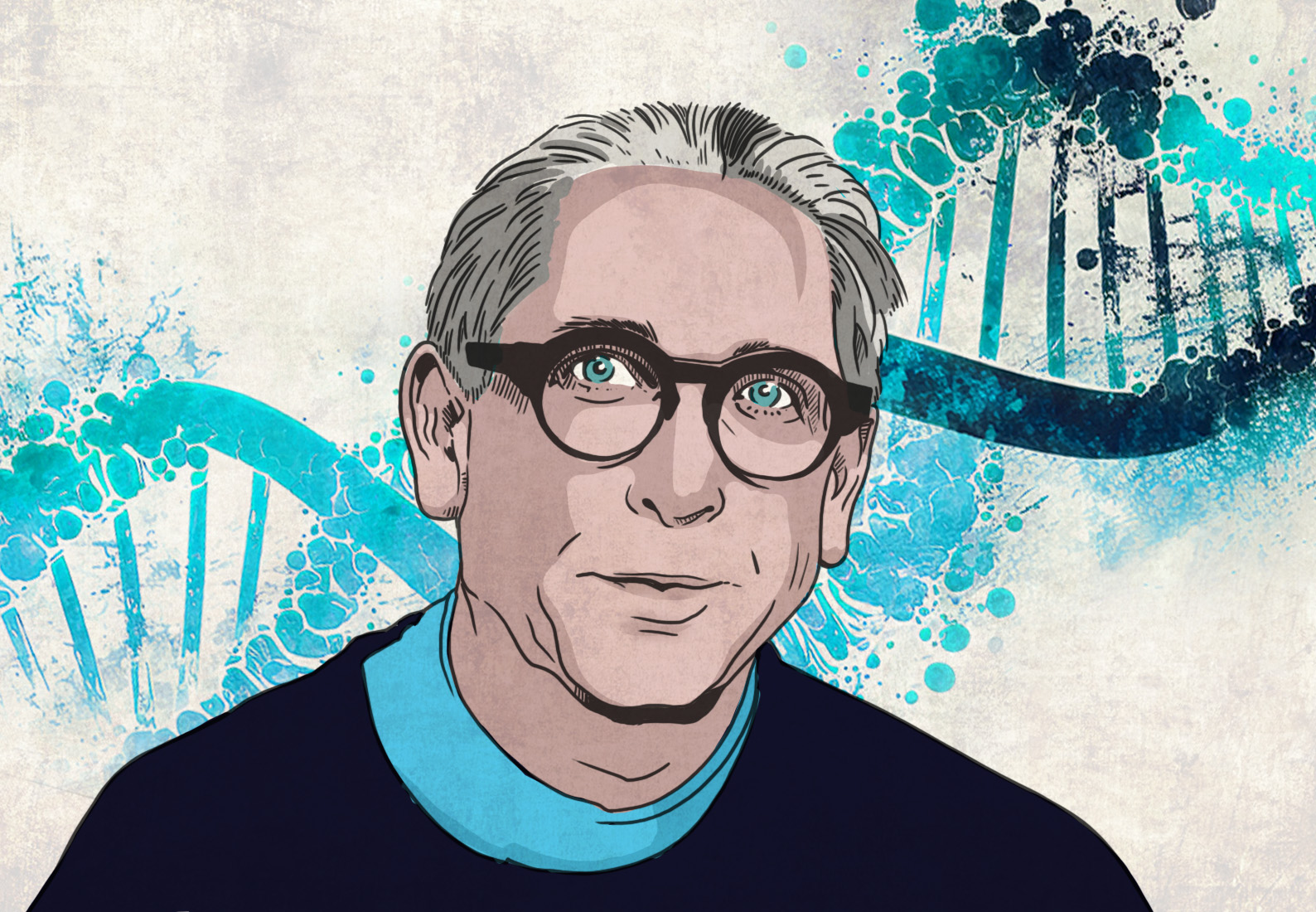Throughout my 20 years of teaching science, I’ve watched the world transform into a digital-first environment. From our social communities to our workplaces and classrooms, multimedia content is rapidly changing the way educators and students communicate, collaborate, and learn.
As a senior lecturer in the Department of Molecular and Cellular Biology at Harvard University, I’ve seen the power of science visualization in action and the positive impact it can have on students. An early example came in the form of textbook illustrations, which evolved from simple static images to more complex and aesthetically interesting visuals that helped shape textbooks’ educational narrative. As technology advanced, publishers started providing CDs as supplemental learning material, offering early versions of rudimentary videos and animations to augment textbook content.
Over time, these visualizations became increasingly sophisticated and realistic. Recognizing the potential of this technology, in 2006 I worked with colleagues to create an 8.5-minute 3D graphic animated film The Inner Life of the Cell, illustrating the effects of inflammation on blood cells in the human body. The video is scientifically accurate, informed by journal publications and structural data. In addition, it was intentionally developed to create a visual impact, with the goal of inspiring high school students to learn more about biology.
We believe it did just that.
In 2015, we conducted a survey of randomly selected public high schools across the United States, and found that 83% of these schools regularly used The Inner Life of the Cell as part of their science education curriculum. The video has also been included in 20 museum exhibitions and shown on more than 25 television programs.
Why did this short animated film have such a profound impact on the world of science education? We believe the answer is simple: it showed students that biology is a lot more interesting than their textbook illustrations could convey. When integrated into an active learning exercise, videos and animations stimulate student engagement and retention of complex subject matter. As an educator, I’ve seen this concept proven true time and time again. For example, in one of my Harvard College courses—a biochemistry and molecular medicine course adapted from the course I developed for the free online learning platform, HarvardX—I found that assigning a series of short videos as “pre-reading” allowed students to learn basic concepts quickly, so we could cover more advanced material during the lecture.
When integrated into an active learning exercise, videos and animations stimulate student engagement and retention of complex subject matter.
Perhaps the best example of a multimedia effort to change the education landscape is through LabXchange, a global online science classroom created by my colleagues at Harvard and launched in January of 2020. LabXchange is a free learning platform with a library of more than 21,000 instructor-developed resources—some of which are translated into 15 languages—all free and accessible to any curious mind. Since its inception, LabXchange has attracted more than 31 million users worldwide, with 85 percent of those individuals residing in lower-income countries. Approximately 70,000 students have been enrolled in STEM courses through the LabXchange platform.
Students are hungry for visually engaging science education content, and there is still work to be done to ensure equitable access to these resources. The widespread shift to online learning during the COVID-19 pandemic illuminated the stark inequalities that still exist among communities in the United States. National test scores show that low-income, Black and Hispanic students suffered the most from prolonged remote learning, falling even more behind top performers in math and reading.
There is no easy fix for this complicated problem. However, with students back in classrooms, integrating engaging science education content into curricula is a fantastic step in the right direction. Schrödinger is working to bring advanced molecular modeling technology directly to students through its Teaching with Schrödinger program, which offers a web-based virtual environment and ready-made lesson plans for teachers to incorporate molecular simulation into their biology and chemistry classes. High school and college-level educators across the world are leveraging these tools to help their students visualize and master complex scientific concepts. Many of these educators will convene virtually for Schrödinger Educator’s Week 2023, a series of live, virtual presentations from leading educators sharing their experiences and advice for integrating cutting-edge science visualization technology into the classroom. The event is free and open for registration.
In our digital-first world, increasing equitable access to educational technology is essential. I encourage educators to join online communities that explore advances in technology in order to learn from one another and share helpful resources. For example, schools with limited budgets for laboratory materials could benefit from the virtual lab environments offered by platforms like LabXchange and Teaching with Schrödinger. These tools are powerful, but they become infinitely more valuable in the hands of educators who can effectively integrate them into lesson plans and course curricula. I believe the sooner we embrace visualization as the future of science education, the more students of all backgrounds will benefit.








